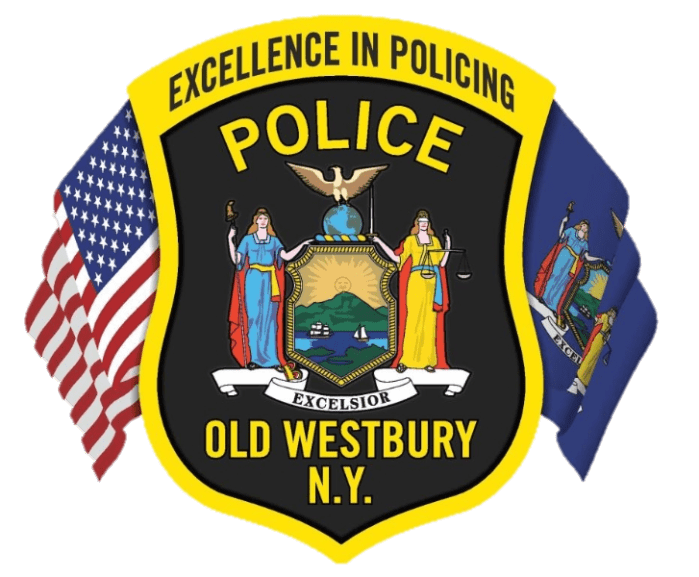
In his office at the Cradle of Aviation Museum, where he is the director of operations, Gary P. Monti was telling a reporter what was unique about his adopted village.
“First of all, it’s old, it goes back to 1658,” said the Baldwin native, who is the appointed and unpaid village historian. “There are not many towns on Long Island that are older than Westbury. Also, it was founded and populated by Quakers (Friends) and it [shaped] the character of the village, which continues to this day.”
He added, “It was a very tolerant place. There were abolitionists [there]. The Underground Railroad went through Westbury.”
The Westbury Quakers, he affirmed, freed their slaves in the late 18th century.
“[The Quakers] created ‘Grantville’ after the Revolutionary War as a place for free blacks,” he said. “Blacks and whites have lived side-by-side in Westbury. You look at the Westbury High School yearbooks from the 1920s and you can see it was a mixed community. It always has been.”
Well before the Supreme Court’s Loving vs. Virginia decision struck down all laws banning interracial marriage, the village practiced tolerance.
“In in the ’40s and ’50s mixed-race couples used to live in Westbury. That was very unusual,” Monti pointed out. “They wouldn’t be harassed here. And if you get closer to the present, in the ’80s, Westbury was one of the first places where Hispanic people came, and now they’re really well established here.”
There has been a big influx of Hispanics in Westbury, he said, “and you can have some problems, like overcrowding. But you can never see the problems that exist in other places, like in Suffolk County. It doesn’t happen in Westbury, because it has got that tradition. It’s a very unique, unusual town considering the racial divides that took place in [other] communities. And it all goes back to the Quakers.”
Road To Westbury
Monti wears several hats for the village, being the chair of the Zoning Board of Appeals and chair of the Landmark Preservation Commission.
He was tapped to his historian position about 16 years by then-Mayor Ernest Strada. He replaced Jean Renison, who was tragically killed in a hit-and-run accident on Post Avenue.
“Jean was wonderful, a great woman,” praised Monti. “She grew up in Westbury and had an encyclopedic knowledge of the village. It’s a big loss.”
Monti said his background is history and he brings that specialized knowledge to the table. He jokes that he has “two and a half degrees in history,” a bachelor’s from Adelphi and a master’s from Hofstra. He entered the PhD program at Stony Brook but did not complete his doctorate.
“Westbury is an interesting place, an unusual place, and has had a long, rich history,” he said of the village.
For those seeking information on the village’s past, he noted, the best place to start is the collection in the “Cottage” maintained by the Historical Society of the Westburys at 445 Jefferson St., located between the Westbury Memorial Public and Children’s libraries.

In his official position, Monti answers queries about long-lost relatives or where a particular piece of property was located.
Occasionally, his research has consequential implications. He related that he was tasked by the village clerk to find out when the railroad trestle over Ellison Avenue was constructed. Depending on the year, either the Long Island Rail Road or the village would be responsible for the cost of replacement.
Monti said he immediately knew the year—1887—because he found out this nugget when doing research on old time Westbury baseball, one of his abiding interests. A tip by the Village of Garden City historian led Monti to the Queensborough Public Library, which held historical minutes of the LIRR board meetings. He found the definite answer there.
“I’ve been in Westbury since 1980, but if you weren’t born and grew up in Westbury, there’s something missing,” he laughed, adding that he moved there when he married native Connie Iannucci.
“Gary is not only the chair of our zoning board, but also has been our village historian for as long as I can recall,” said Westbury Mayor Peter Cavallaro. “ Gary sits on and chairs with me our Historical Landmark Commission, which we reactivated several years ago after a period of inactivity to designate our Heritage Trail sites. That project is ongoing and is helping us memorialize some of the historic and important places from Westbury’s past. Gary has a wealth of knowledge and information about our history. He, along with others—like Ray Muntz, Judith Burgess, Arthur Dobrin and others—and the Historical Society, who share a passion for Westbury’s history, help us make sure that we are mindful of preserving our rich past.”
Monti can be reached at garypmonti@gmail.com.





























